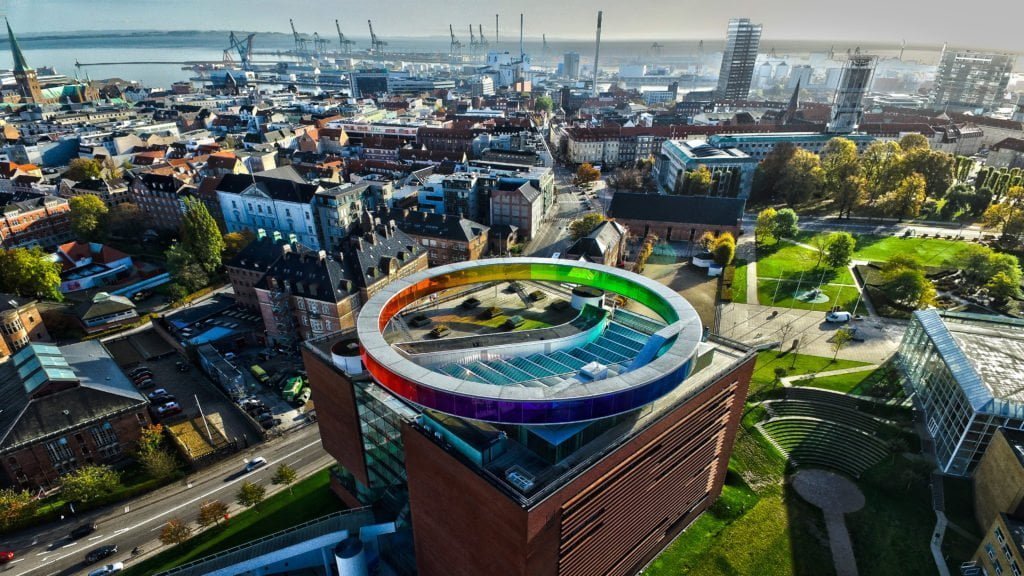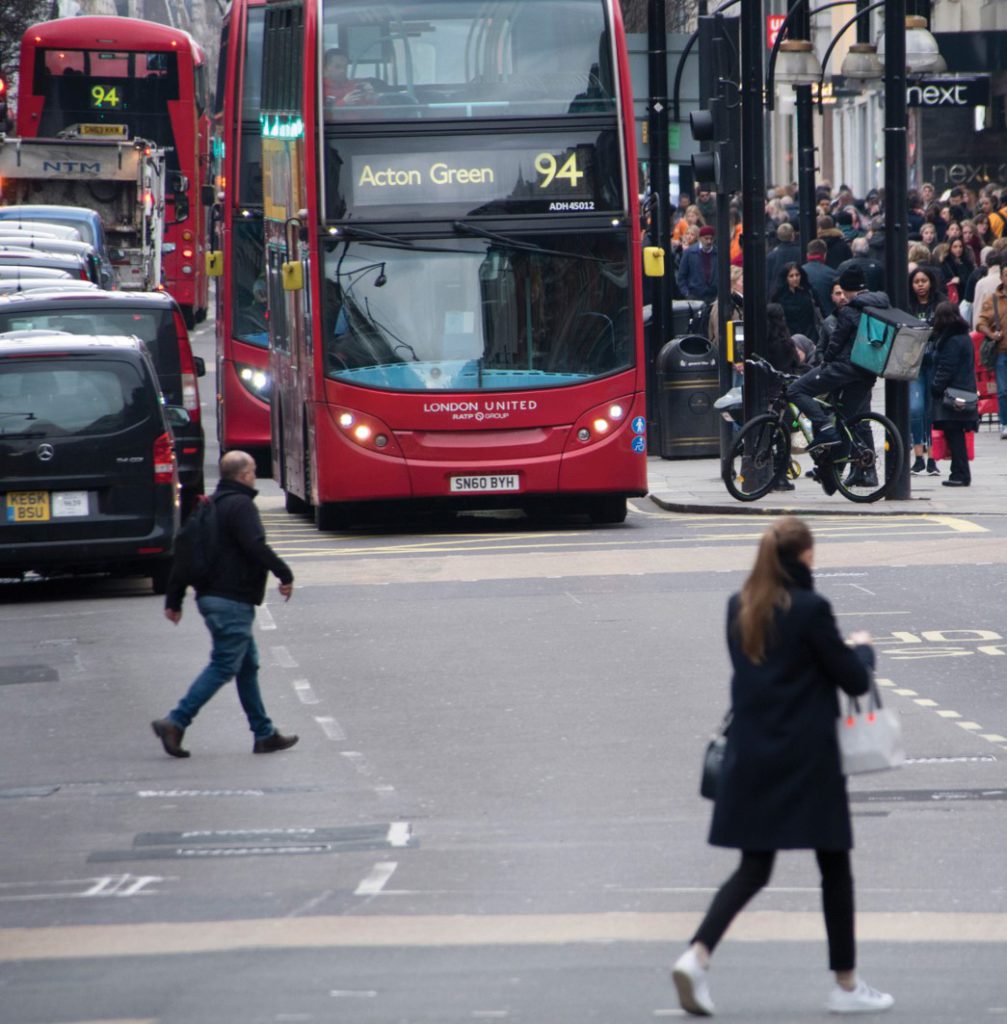Cities in motion - Volume VI: 'The Tipping Point'
The sixth volume of Cities in motion, ‘The Tipping Point’, takes a critical look at where mobility is now and where it is headed. Transformation is underway, but it is at a crossroads. So, this issue asks: how do we keep moving?

Scan the QR code!
As Europe faces challenging times, uncertainty and urgency are impacting the sustainable mobility transition. In this edition, we observe how cities and regions are moving in this tension. We follow their paths, their hesitations, accelerations, and unexpected turns. We tell the stories of these cities. Stories that are still taking shape, but are worth telling.
Facing the challenges
 In a shifting global landscape, the green transition is being questioned. As competitiveness is the new priority, European towns, cities, and regions are seizing this momentum to be creative and lead the way forward.
In a shifting global landscape, the green transition is being questioned. As competitiveness is the new priority, European towns, cities, and regions are seizing this momentum to be creative and lead the way forward.
But policy changes are further complicating the picture. For instance, the revised TEN-T Regulation requires a new approach to urban nodes. By 2027, 431 cities will have to implement Sustainable Urban Mobility Plans (SUMPs) and report the results. High expectations, even higher operational challenges.
At the same time, the mobility transition is dealing with its own problems. Transport poverty is on the rise, with up to 125 million Europeans not being able to access or afford transport due to high costs, poor access, and car-centred urban planning. However, the Social Climate Fund has the potential to address this social equity issue, but it all depends on how its funds will be used.
 Another worrying trend is the rising popularity of SUVs. Oversized cars are flooding the streets, destroying climate and safety efforts. But to solve this, should we all just use smaller vehicles? Shared micromobility has rapidly taken over our cities. While e-scooters and e-bikes are indeed smart solutions, their good intentions are often not followed by adequate and comprehensive regulation.
Another worrying trend is the rising popularity of SUVs. Oversized cars are flooding the streets, destroying climate and safety efforts. But to solve this, should we all just use smaller vehicles? Shared micromobility has rapidly taken over our cities. While e-scooters and e-bikes are indeed smart solutions, their good intentions are often not followed by adequate and comprehensive regulation.
Can artificial intelligence solve all these problems, then? Maybe just not yet. Cities are working to be AI-ready, implementing tools like Geo for Cities and digital Traffic Circulation Plans (TCPs) to align technology with transport ambitions and improve safety and sustainability. However, concerns about ethics and equality remain. Can our cities integrate AI into transport governance without leaving anyone behind?
Trial and error learning
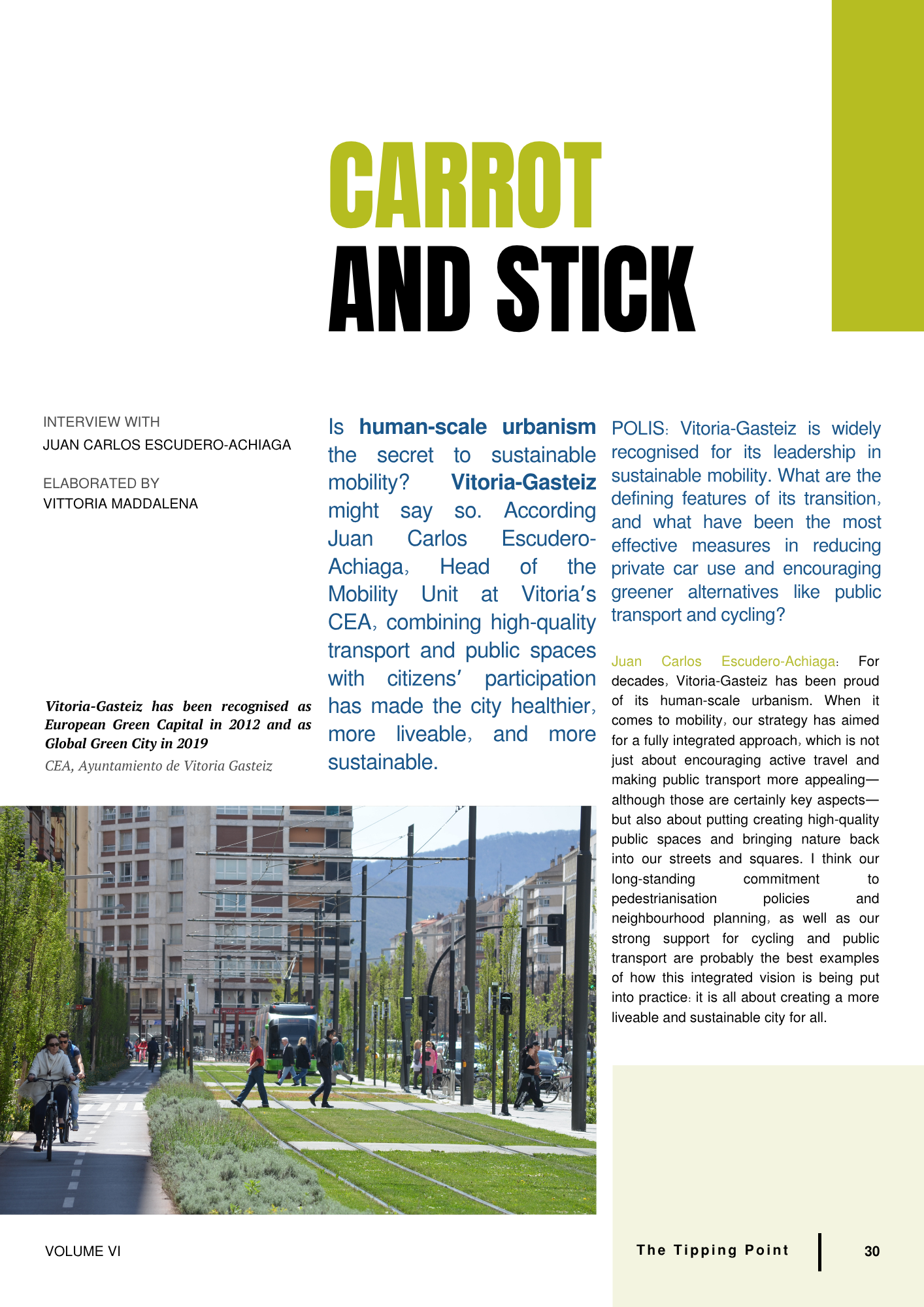 One thing seems certain: we need to put people again at the centre. Like the Transformative Transport Planning Research Group UIRS believes, a paradigm shift is needed in transport to make people and accessibility the top priorities.
One thing seems certain: we need to put people again at the centre. Like the Transformative Transport Planning Research Group UIRS believes, a paradigm shift is needed in transport to make people and accessibility the top priorities.
Some cities are already implementing this approach, and with success. Look at Riga, which is boldly tackling traffic and air pollution, or Vitoria-Gasteiz, which made its integrated vision of mobility become a reality.
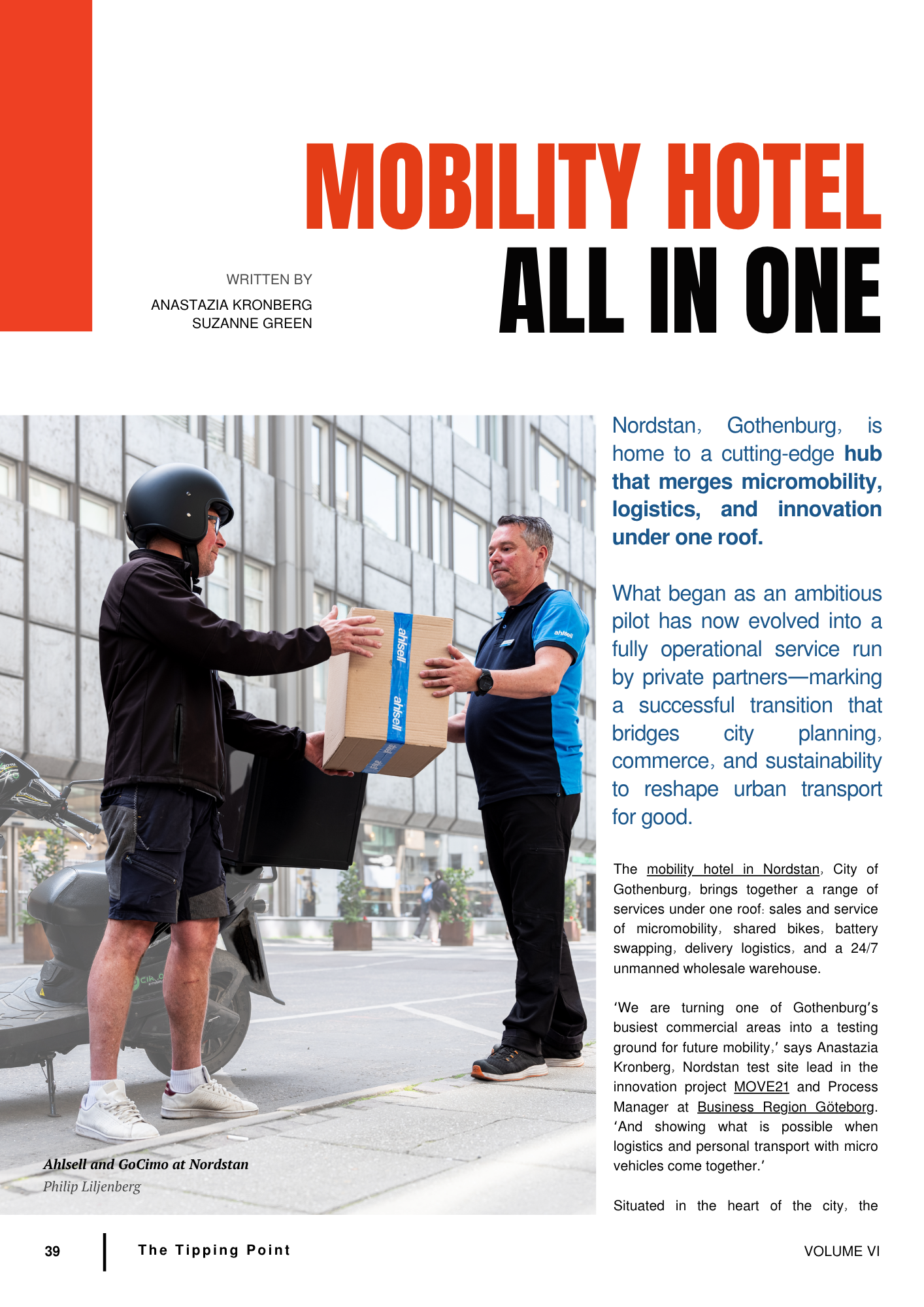 Other realities are trying more futuristic approaches. Gothenburg’s Mobility Hotel or Karlsruhe Mobility Lab are pioneering new fields, merging innovation and science, while in Amsterdam, drones are being tested in live urban environments.
Other realities are trying more futuristic approaches. Gothenburg’s Mobility Hotel or Karlsruhe Mobility Lab are pioneering new fields, merging innovation and science, while in Amsterdam, drones are being tested in live urban environments.
However, all of this would not be possible without knowledge exchange. Sharing successful stories inspires others to take action, and this is the goal of the Green Living Areas Missions, which is reshaping sustainability in the Mediterranean through its Institutional Policy Dialogues.
Keep moving
From all these stories, we learn how moving forward is the only way to make change happen. But sometimes, unpopular decisions must be made. For instance, many cities are increasingly implementing Low Emission Zones to tackle air pollution. In this regard, London has gone the extra mile, with a bold, health-driven proposal for an Ultra Low Emission Zone—and it paid off.
 At the POLIS Leadership Summit in Rome, urban leaders have shown us that it takes effort to keep moving. We talk with Deputy Mayor Eugenio Patanè, who reminds us that political courage is needed to push forward progressive solutions.
At the POLIS Leadership Summit in Rome, urban leaders have shown us that it takes effort to keep moving. We talk with Deputy Mayor Eugenio Patanè, who reminds us that political courage is needed to push forward progressive solutions.
Institutional leadership is crucial to navigate this complexity, but this does not mean that people cannot have a say in this. Architect and planner Reena Mahajan has created a movement for walkable cities, starting from her own experience of pushing a stroller in a big city.
Read Cities in motion Volume VI: ‘The Tipping Point,' HERE.

London’s Bold Bet

Transport Poverty on the Agenda

Connecting the Dots

Flying Into the Future
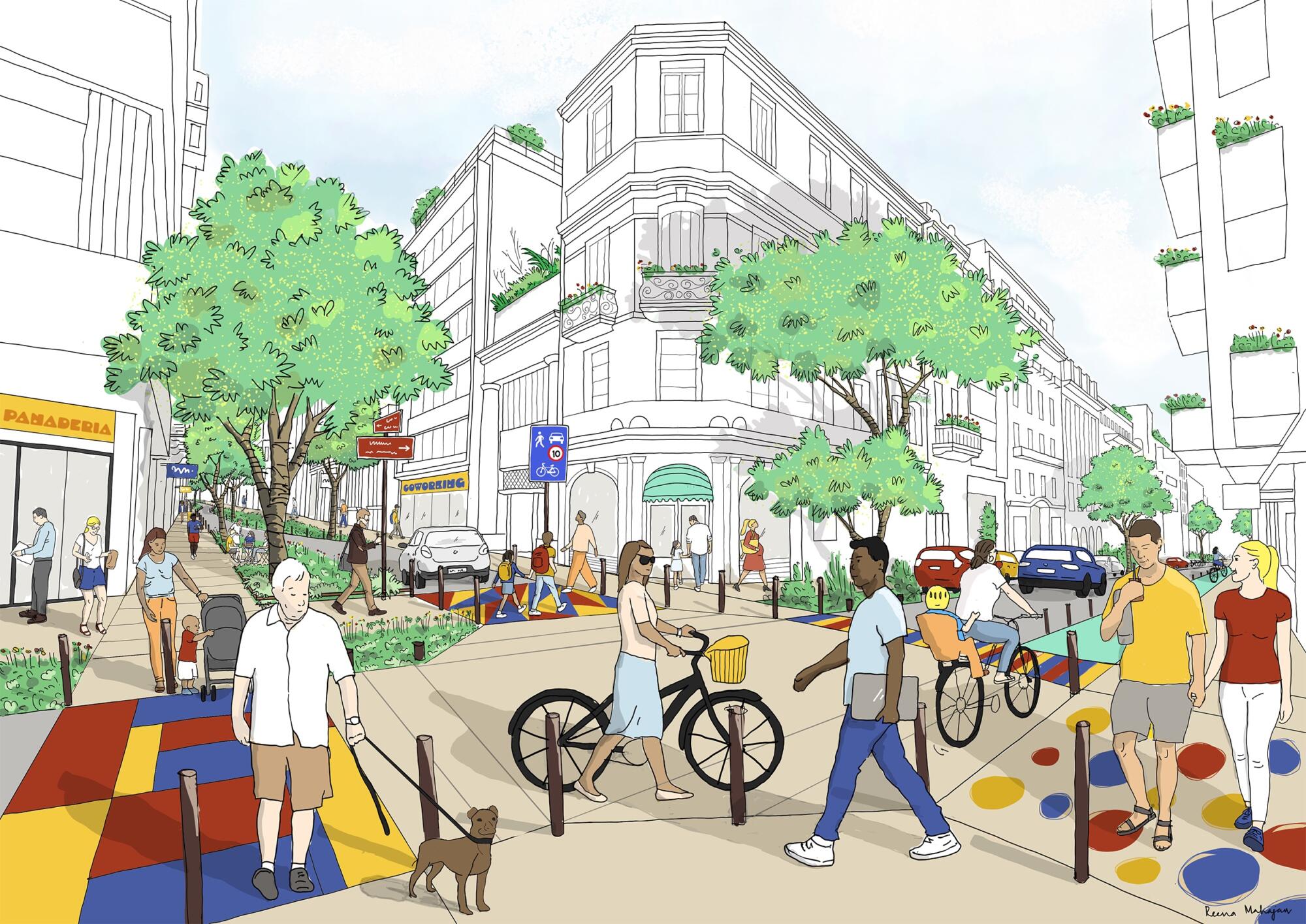
From paper to (de)pavement

Carrot and Stick
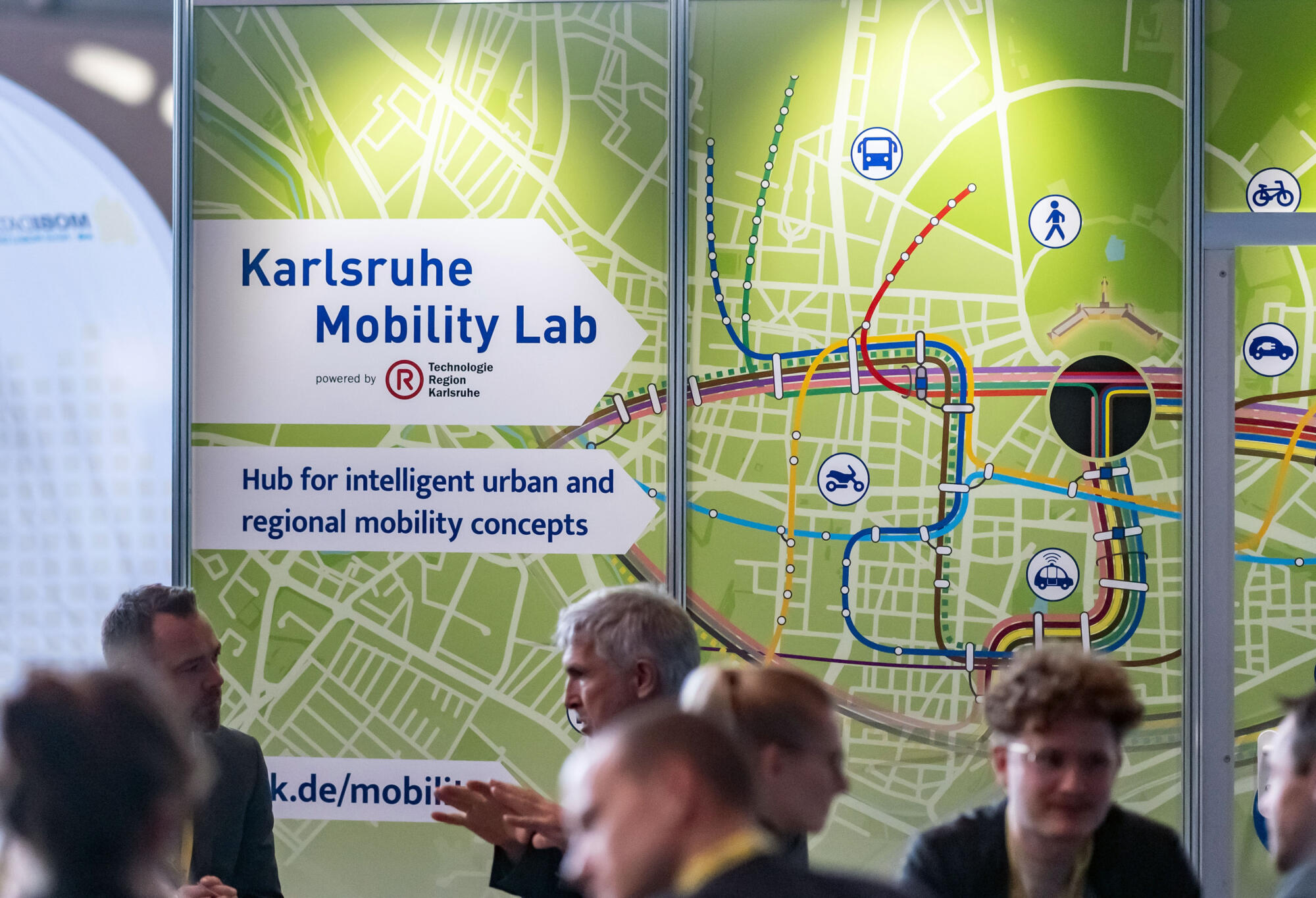
Karlsruhe Mobility Lab Forward

Mobility Hotel All in One

Riga Rules

Staying AI-ready

Paradigm Shift

Talk MED to Me

Leading with Courage

The Dark Side of the Rule

Fighting Giants

Geo for Cities

Guiding the (Traffic) Flow


